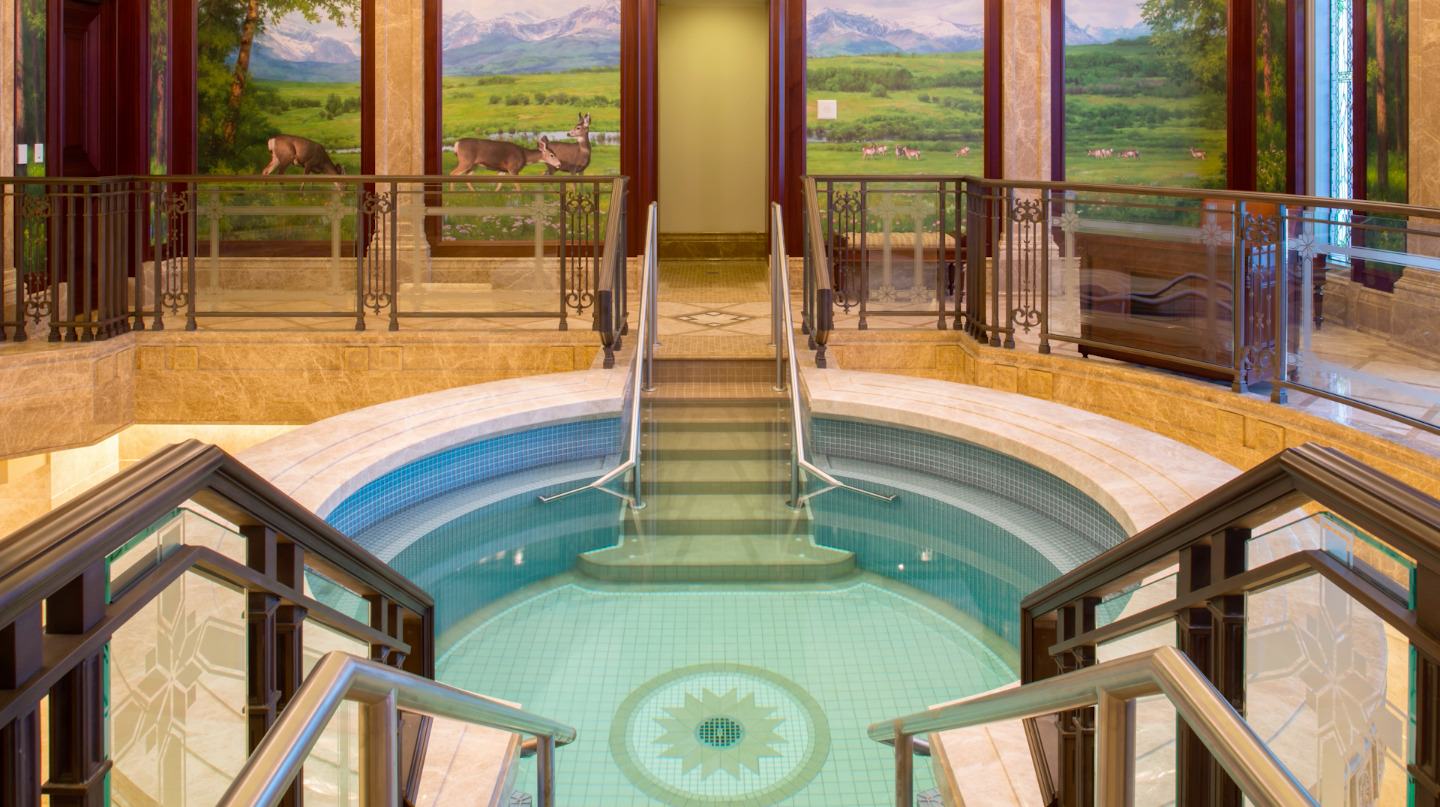When New Caledonia was dedicated for Missionary Work


Opening new areas to missionary work, is exciting for members of The Church of Jesus Christ of Latter-Day Saints. On October 6, 1967 the First Presidency authorized missionaries to serve in New Calendonia.
New Caledonia, a French territory 3,000 miles from Tahiti was ready to have the land dedicated for missionary work. Thomas S. Monson was given the responsibility to dedicate the land for the preaching of the gospel of Jesus Christ. Elder Monson and the mission president Karl Richards met with government leaders when they first arrived on the island.
In the paper “Upon This Rock: The Latter-day Saint Church in New Caledonia” written by Mark James he goes through the set up of the Church of Jesus Christ of Latter-Day Saints and the miracles that were seen to get the Church thriving in that area. He said “Though the Church has a long and rich history in the French-governed islands of Tahiti (Addison Pratt and his companions arrived in 1844), it was slow to establish a presence in France’s other South Pacific territories: the Marquesas Islands, New Caledonia, and Wallis and Futuna. Among these territories, New Caledonia is unique. Here the French government was particularly aggressive in the early years of colonization. Much of the land was arable and mineral resources abounded, so the French relocated the native (Melanesian) Kanak people to just 7 to 8 percent of the total land.” He goes on to explain the efforts of the members of the area to get the Church established.
Elder Monson said “We always go in the front door.” Explaining how the Church honors the governments of the land, not going in and preaching without permission. New Caledonia had taken many years to crack open that door and get the approvals of the government.
Early in the morning of May 2, 1968 Elder Monson, President Richards along with the president of the Noumea Branch with his wife and daughter and his counselor stood on the top of Mont Coffyn to dedicate the land to the preaching of the gospel. Before the prayer the small group sang “The Morning Breaks, the Shadows Flee.” Then, Elder Monson “invoked the blessings of our Heavenly Father upon the government officials and the people, to the effect that the work may not be hindered but may go forward.”
This was Elder Monsons first opportunity to dedicate a land and was one of the “most faith-promoting experiences” for Elder Monson.
“Early in the twenty-first century, the Church in New Caledonia totals close to sixteen hundred members and is organized into eight branches—Noumea 1 and 2, Tontouta, Riviere Salee, Mont Dore, Mare, Lifou, and most recently, Bourail. New Caledonia experienced its first visit by a prophet of God on June 17, 2000, when President Gordon B. Hinckley visited as part of a six-nation tour of Asia and the South Pacific. One thousand Saints crowded into one of the local meetinghouses and into tents outside. Land, including a highly visible hillside location in Noumea, had been purchased for purposes of expansion, and stake center and temple plans are being contemplated. The largest ethnic group in the Church in New Caledonia is still Tahitian, but Melanesians now make up the second largest segment, followed by Europeans, Asians, and Wallisian/Futunans.”
As of 2022, the Latter-Day Saints in New Caledonia number 2,494 and 9 congregation.
More Articles
Special Experience of Thomas S. Monson in Samoa
History of President Monson in Germany
Prophet’s Graves at the Salt Lake City Cemetery
Reference:
“To the Rescue, Biography of Thomas S. Monson”
https://rsc.byu.edu/pioneers-pacific/upon-rock-latter-day-saint-church-new-caledonia










